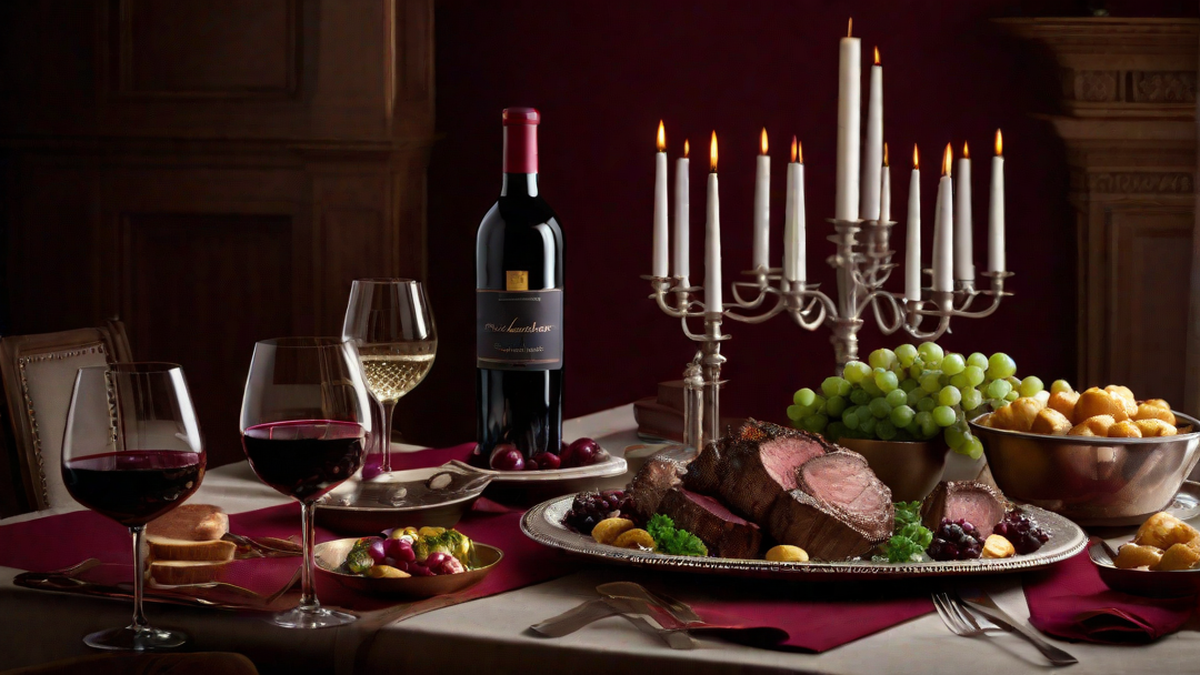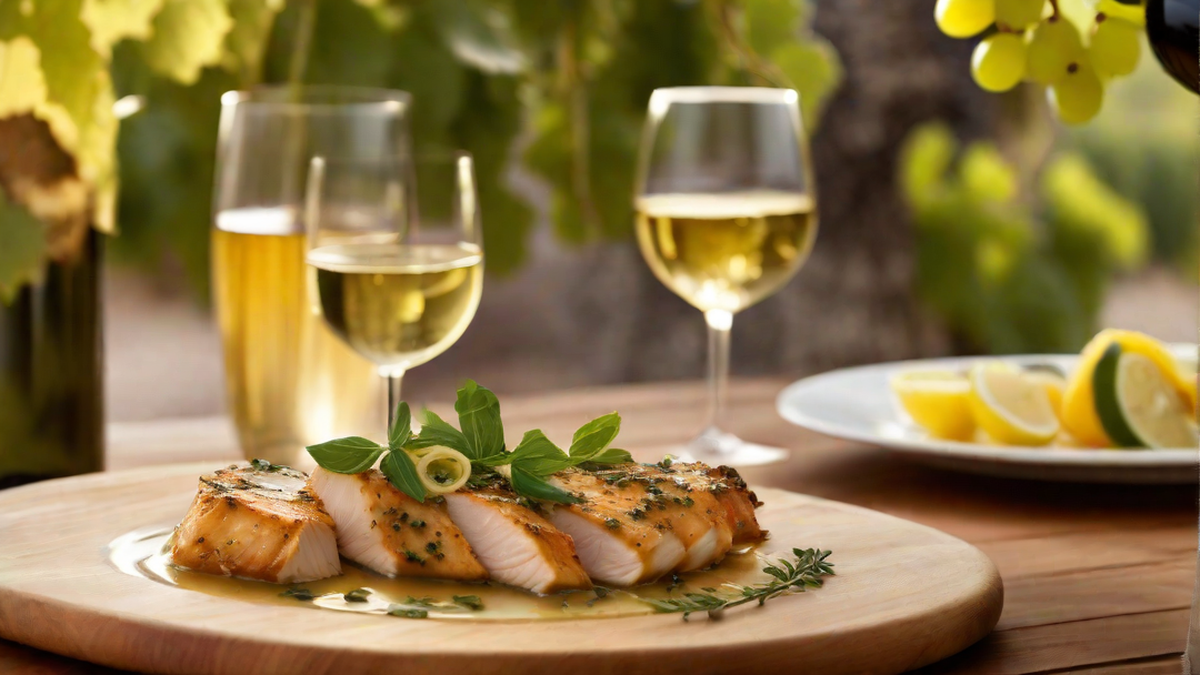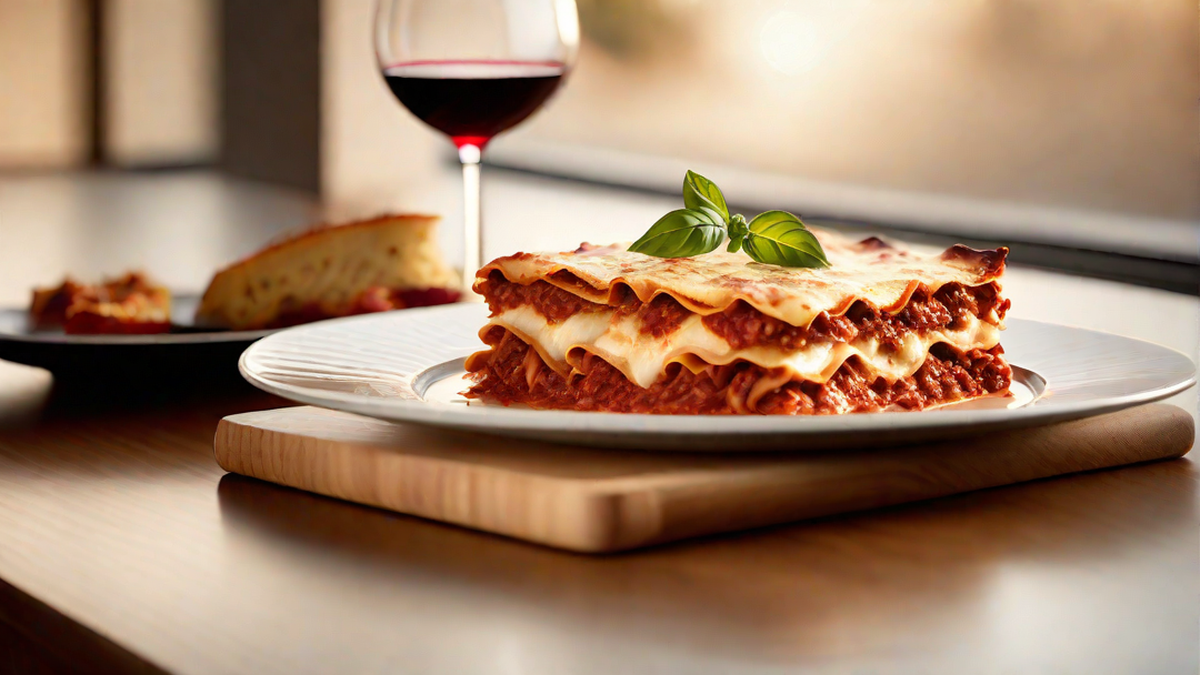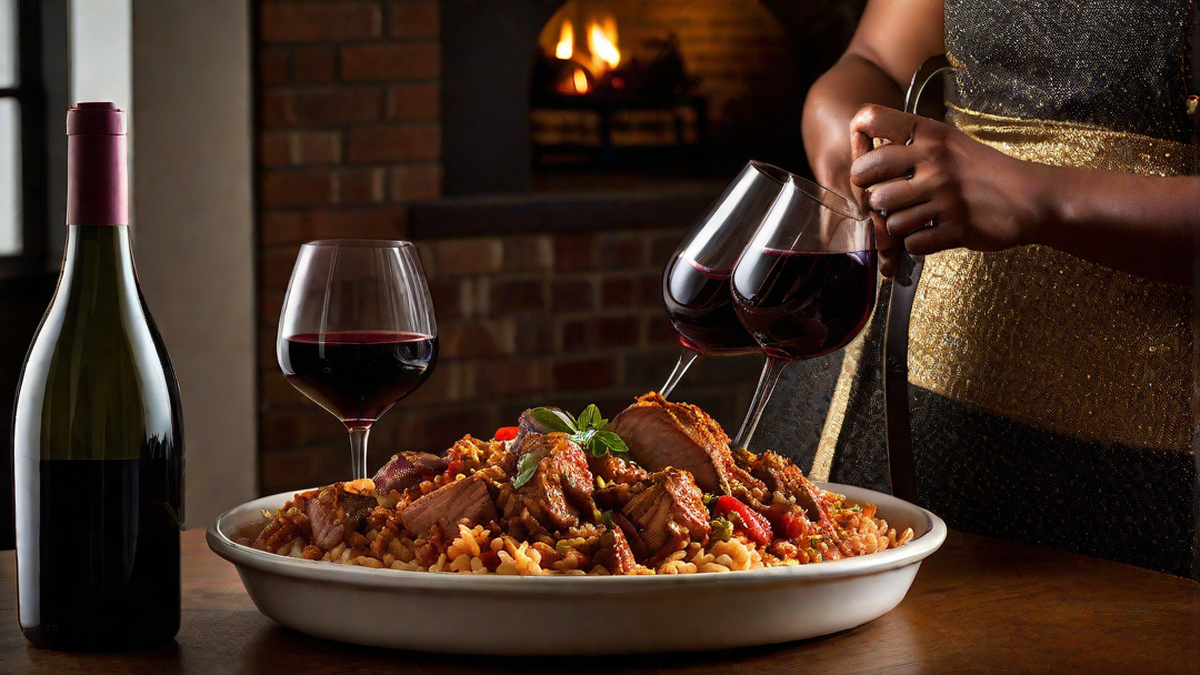When it comes to making wine at home, adding the right amount of sugar to grape juice is crucial. As an avid wine enthusiast and experienced winemaker, I understand the importance of this process. Let me guide you through the steps of determining the ideal sugar content for your homemade wine.
Understanding Sugar Levels
Before adding sugar to grape juice, it’s essential to understand the sugar levels in the juice itself. The sugar content in grapes is measured in Brix, a scale that indicates the percentage of sugar by weight in the juice. For wine production, a typical Brix range in grape juice is between 22 to 25 for white wine and 24 to 27 for red wine. You can use a refractometer to measure the Brix levels accurately.
Determining the Desired Alcohol Level
Next, consider the desired alcohol level in your wine. The sugar in grape juice gets converted to alcohol during fermentation. If you prefer a higher alcohol content, you’ll need to add more sugar to the juice. Keep in mind that the yeast consumes the sugar to produce alcohol, so the initial sugar content will impact the final alcohol level.
Calculating Sugar Addition
To calculate the amount of sugar to add, you’ll need to perform some simple math. One pound of sugar added to one gallon of grape juice will increase the alcohol content by about 1%. Keep in mind that this is a rough estimate, as the actual alcohol increase can vary based on factors such as yeast strain, fermentation temperature, and the composition of the grape juice. It’s crucial to be cautious and precise when adding sugar to achieve the desired results.
Personal Experience
Through my own winemaking journey, I’ve learned that achieving the perfect balance of sweetness and alcohol in wine requires patience and experimentation. I’ve had my fair share of batches that ended up too dry or too sweet, teaching me valuable lessons along the way. One memorable experience was when I added a bit too much sugar to a batch of Chardonnay, resulting in a higher alcohol content than intended. While the wine was still enjoyable, it wasn’t exactly what I had envisioned.
Conclusion
As you embark on your winemaking endeavor, remember that the process of determining the ideal sugar content is both a science and an art. It’s a journey filled with learning and discovery, and each batch of wine is a reflection of your craftsmanship. By understanding the sugar levels, calculating the sugar addition, and drawing from personal experiences, you can craft wines that delight the senses and leave a lasting impression.




